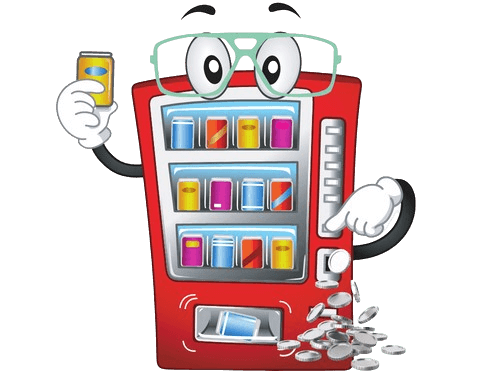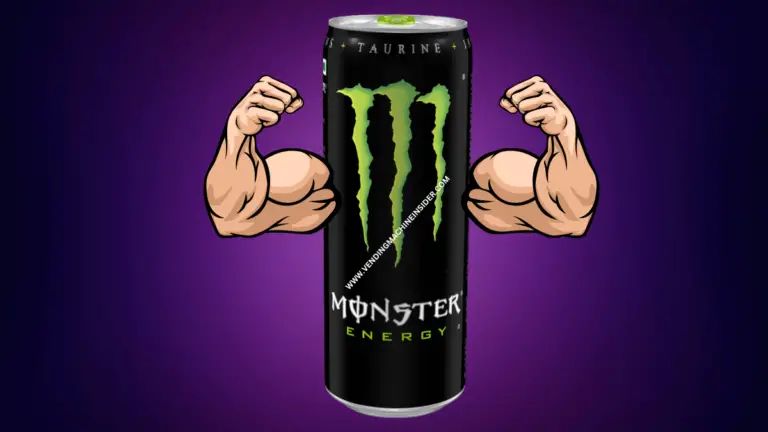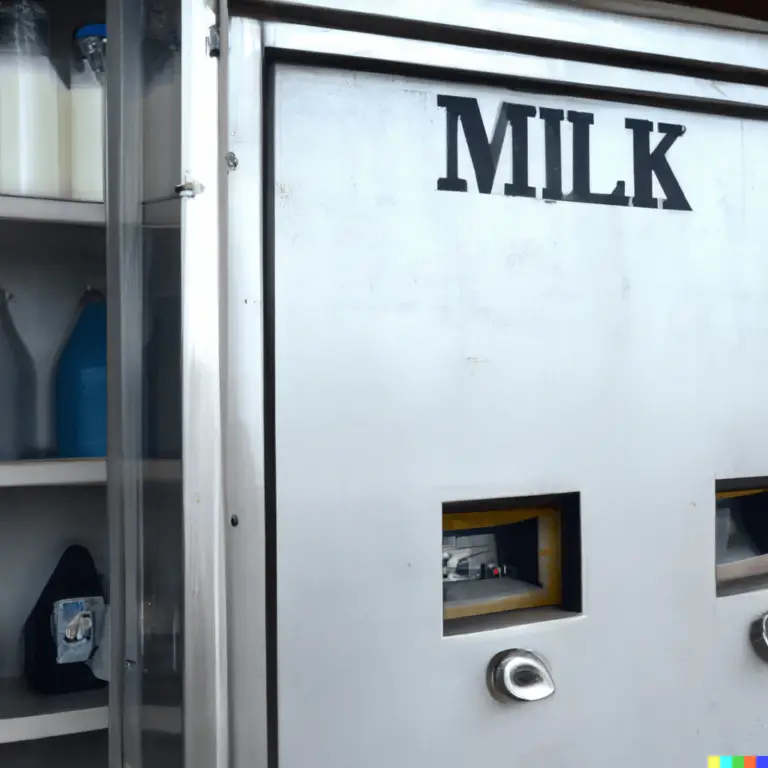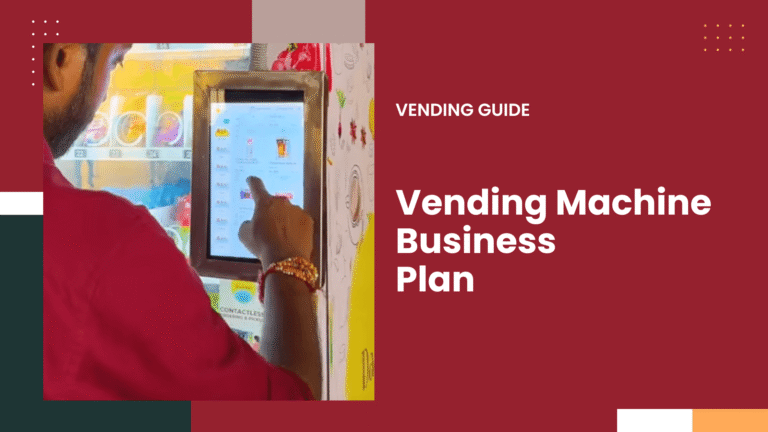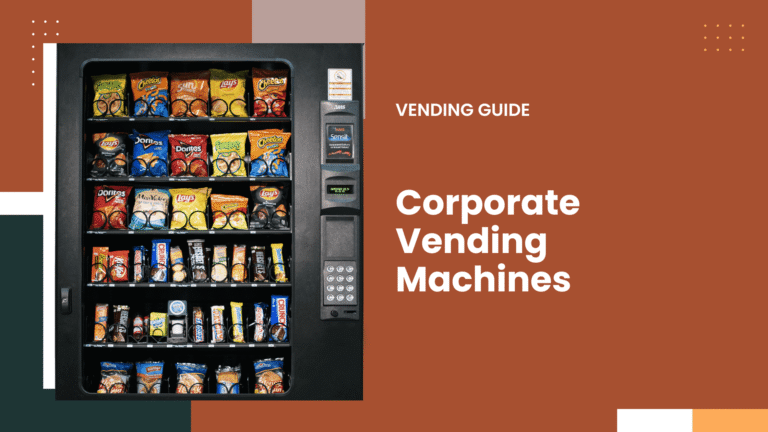Reverse Vending Machine Near Me | Full Guide & How It Works?
Reverse Vending Machine Near Me – Find nearby options, setup costs, and business benefits. Learn how they work, what they cost, and where to find them.
Reverse Vending Machines (RVMs)
Automated recycling kiosks that scan returned containers, sort/compact them, and dispense refunds or digital credits.
How RVMs Work & Barcode Recognition
Scan — Barcode & Vision
High-speed cameras or laser scanners read UPC/EAN in-motion; barcodes link to databases indicating deposit value and material. If unreadable, fallback sensors (shape/weight) help.
Validate — Database check
On-board processors confirm eligibility using up-to-date product lists and deposit rules to prevent fraud and accept only in-scope containers.
Sort & Compact
Accepted containers are routed to material-specific bins (PET, aluminum, glass) and often crushed to save space and speed collection.
Compact & Store
Crushed items maximize internal storage and the machine logs counts for reconciliation and logistics.
Refund — Voucher or Digital Credit
After processing the RVM issues printed vouchers or digital credits (mobile wallets, loyalty accounts, or donations).
More on barcode systems: How Tomra uses barcode systems.
Top RVM Brands & Representative Models
TOMRA (R1 / R2)
High-speed multi-feed machines that accept large batch drops and produce digital vouchers / mobile credits. Robust barcode/vision systems and high throughput.
Envipco (Optima / Quantum)
From compact under-counter units to bulk-feed systems for hypermarkets; modular for mixed materials.
Atlas RVM
US-based multi-feed models for campuses and events; conveyor and laser scanning approaches.
Olyns Cube & Turnkey
Ad-supported turnkey machines provided on a service basis; host capital reduced by revenue-sharing.
| Brand & Model | Material | Feed Type | Est. Cost (USD) |
|---|---|---|---|
| TOMRA R2 | PET, Aluminum | Multi-feed (bag/drop) | $15,000–30,000 |
| Envipco Quantum | PET, Cans, Glass | Single / Bulk | $10,000–25,000 |
| Atlas RVM | PET, Cans | Conveyor / bulk drop | $20,000+ |
| RVM Systems X2 / Mega | PET, Cans | Single & Multi-feed | $20,000–30,000 |
| Olyns Cube (service) | PET, Cans, Glass | Bag/Drop + touchscreen | Service model — ad-supported |
Best Host Locations
Supermarkets & Grocery
Frequent returns and high deposit-volume; good for store traffic uplift.
Transit Hubs & Stations
High throughput and captive audience; ideal for multi-feed RVMs.
Stadiums & Events
Mass returns during events; sponsorship and charity tie-ins perform well here.
University Campuses
Students return bottles regularly; loyalty/rewards integrations increase reuse.
Starting an RVM Business — Ownership & ROI
Operators typically recover investment via deposit reconciliation (where deposit laws apply), advertising/sponsorship, retail partnerships, and government grants. Busy machines often pay back in 1–3 years.
- Costs: ~$5k–30k per machine.
- Revenue: Deposits, ads, partnerships, grants.
- Operations: Emptying, maintenance, software, reconciliation.
More context: What are RVMs.
Tomra RVM Locations
Locations (by region)
FAQs
Do RVMs work without a bottle-deposit law?
Yes, some RVMs are deployed for convenience, charity, or sustainability even in non-deposit regions, but deposit refunds only apply where laws exist.
What if my barcode is unreadable?
Many RVMs use fallback sensors (shape, weight, vision/AI) to avoid false rejections; some systems permit manual review or help.
How do I redeem a voucher?
Printed vouchers are redeemed at store checkouts; digital credits are delivered to apps or loyalty accounts according to the machine’s payout method.
Sources & further reading: How Tomra uses barcode systems, What are RVMs, How RVMs make money
